Having protected their unique tradition and culture over the centuries from external influences, Bhutan boasts of some truly spellbinding festivals that celebrate their country. The calendar is dotted with numerous seasonal, religious and social holidays, each of which have strong links to the past and form a core identity of the Bhutanese people. Here some some of the most famous and loved festivals of Bhutan –
- Tshechu
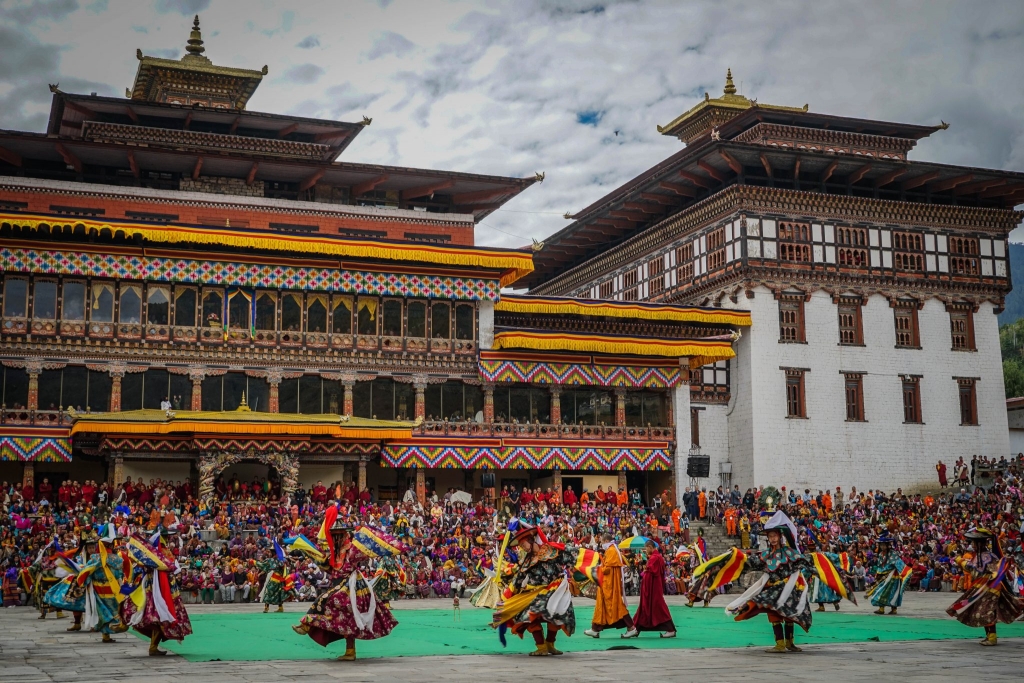
Considered to be the most important religious and social festival of Bhutan, Tshechu is celebrated annually during the tenth day of a month of the lunar calendar, which varies according to districts. People from neighbouring villages travel to a central place where the events take place. The main attraction is the Cham dance, a masked performance that looks into moral vignettes and important stories from the history of Buddhism in Bhutan. The unfurling of the thongdrel, a rich, embroidered painting of religious motifs is also eagerly waited – legends say that simply witnessing the unfurling can cleanse an individual of their sins. Alongside the religious factor, Tshechu also serves as an important time for the people of Bhutan to engage with their neighbours, who are often spread far and wide across the countryside. Commerce, music, and dance thus go hand in hand in these festivals.
Of all the various tshechus celebrated in the country, the two that place place in the valley of Paro, and the capital city of Thimpu, are considered to be the most grand and merry affairs
- Jambat Lhakand Drup
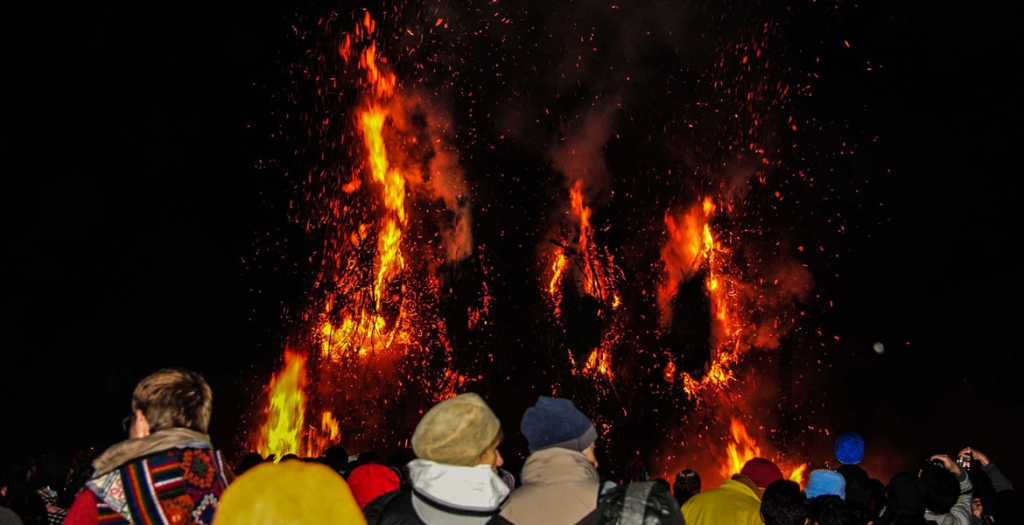
Another festival of religious importance, the Lhakand Drup is celebrated in the Jampa Temple located in Bumthang in Bhutan. According to stories, the temple is one of the one hundred and eight built by the Tibetan king Songsten in a single day, and the festival marks the occasion of this legendary feat. Spread over four days, this too, involves the famous Cham dance. Alongside, a sacred naked dance is performed in the middle of the night, away from the eyes of outsiders. This dance is done for the benefit of infertile women, and the ritual is believed to help them bear children. Mewang, a dance involving a gate of leaves set on fire, is also an attraction, and going under the gate is considered to be purifying.
- Haa Festival
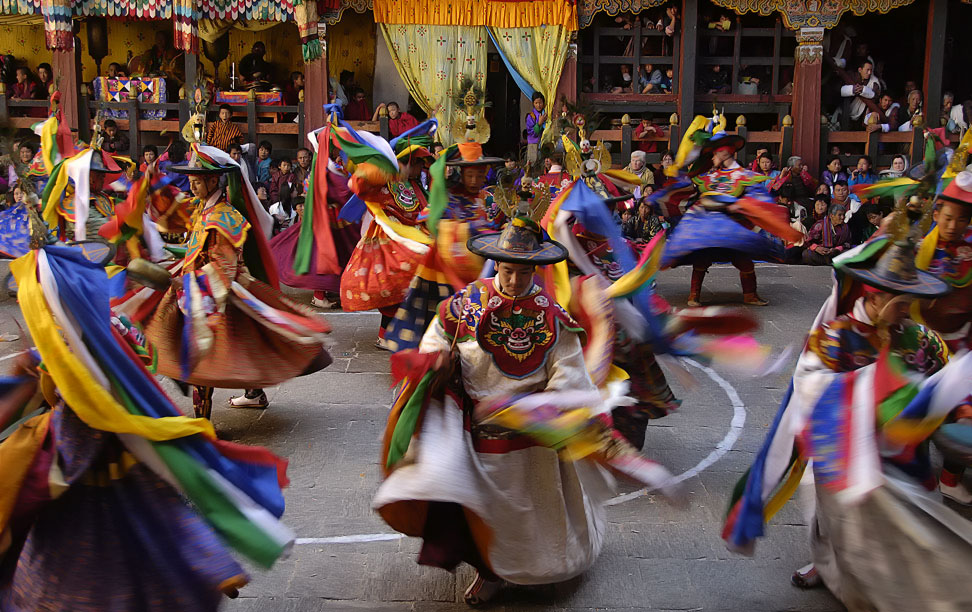
A summer festival that enables tourists to get the best experience of the magic of Bhutan, the Haa festival began in the summer of 2012, and is held in July every year. Focusing on the life, cuisine, habits and customs of the nomads of Bhutan, the celebration includes traditional sports, yak riding, ara brewing, and food tasting. Built especially to keep tourists in mind, the festival provides many experiences of the country to outsiders, including the opportunity to enjoy traditional homestays with the local people of the Haa Valley.
- Punakha Drubchen
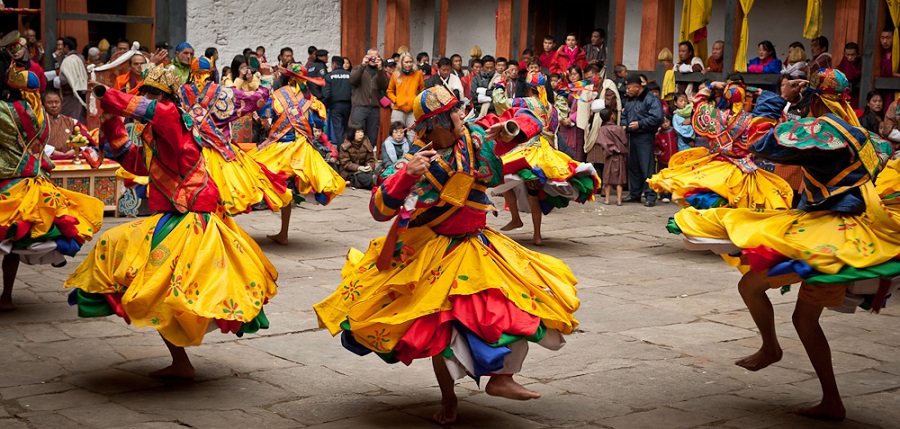
A celebration of historical importance and immense pride for the Bhutanese people, this early spring festival, held in February, marks the victory of Bhutan over the forces of Tibet in an epic 17th century battle. Marking the bravery people from small villages who drove away the Tibetan forces, the festival involves individuals dressing up as members of both armies and artistically reenacting the festival. While tourists cannot take part in the reenactment, they can enjoy both the historical lesson and the beautiful and artistic way in which it is presented.
- Sakteng Festival
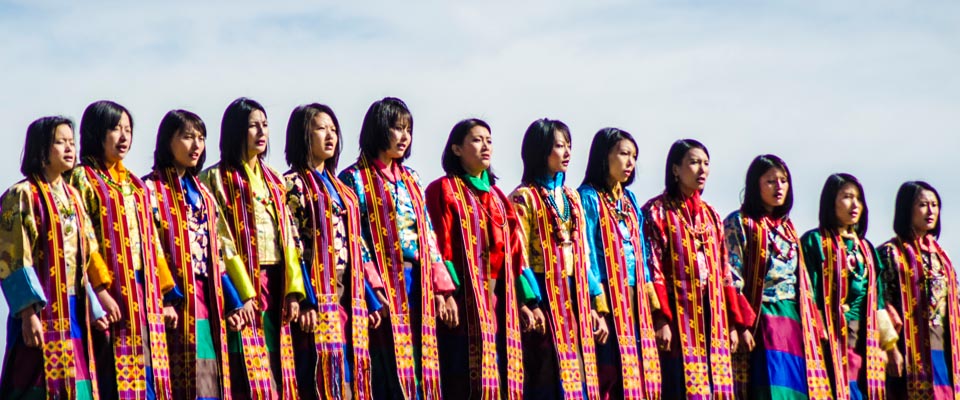
Celebrated in the sakteng valley some three thousand meters above sea level, the festival provides an intimate look into a group of people who have remained unconnected with the world outside relying instead on the nature around them. The people give their thanks to their local deities, dress in their traditional best, and enjoy the local drink of ara. Alongside the staple of folk dances and songs, the festival also involves the Yak dance and Ache Lhamo dance, unique to the valley, and distinct from the masked dances performed in the rest of Bhutan.
- Gomphu Kora
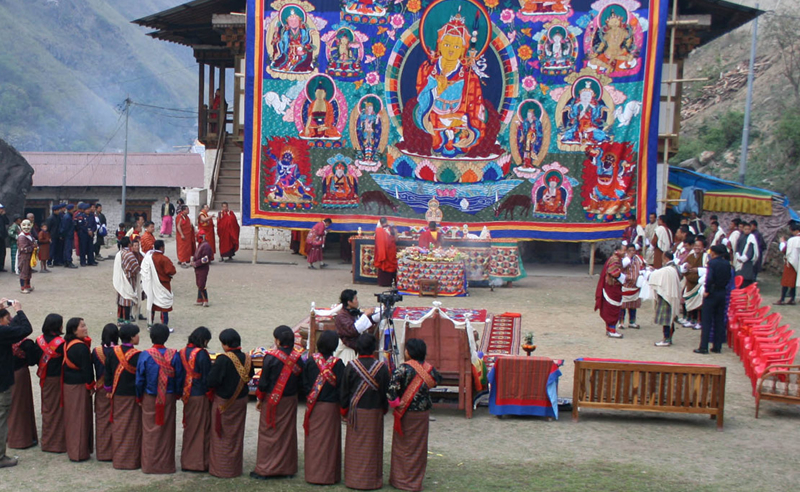
Connecting directly to the beginning of Buddhism in the country, the Gomphu Kora literally translates to meditation cave circumambulation. The festival celebrates the saint Padmasambhava, the Buddhist master who meditated in the caves of Bhutan and subdued the evil spirits that plagued the countryside. In the month of March, devotees from around the country visit the caves in Trashigang, circling them and praying alongside. Marking the victory of good over evil, the festival is also accompanied by religious songs and dance.
- Mountain Echoes
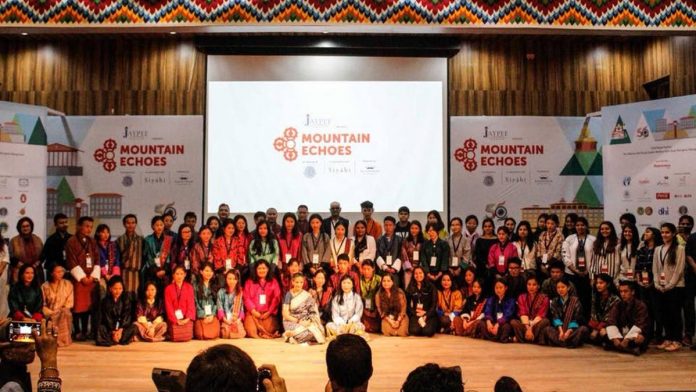
Marking its 10th anniversary in the year 2019, this fest is a joint partnership between India and Bhutan initiated by the Jaypee Group and patronized by the Queen Mother of Bhutan. Aimed at helping Bhutan exchange ideas and culture with the outside world in its own terms, the fest acts as a platform for performances, debates, discussions, presentations and learning experiences, providing an enriching opportunity for all those involved. Held in August, the fest is one of the most prestigious academic and cultural events of Bhutan.
- Matsutake Festival
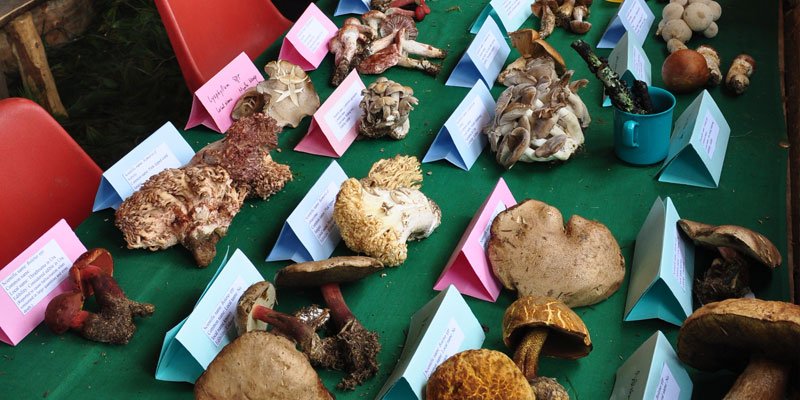
Celebrated in Bumthang, the food-centric festival aims at raising awareness about the wide variety of delicious mushrooms indegenous to the area, and also hopes to promote organic and sustainable farming practices for both visiting tourists and locals. Alongside tasting local delicacies and staples, tourists can also participate in mushroom picking, and learn more about the agricultural practices of the country.
It is thus clear to see that the country of Bhutan celebrates its rich culture, diversity, and history in many merry ways, each of which combines religious and social motives, and create an incredible experience for all those who witness them.

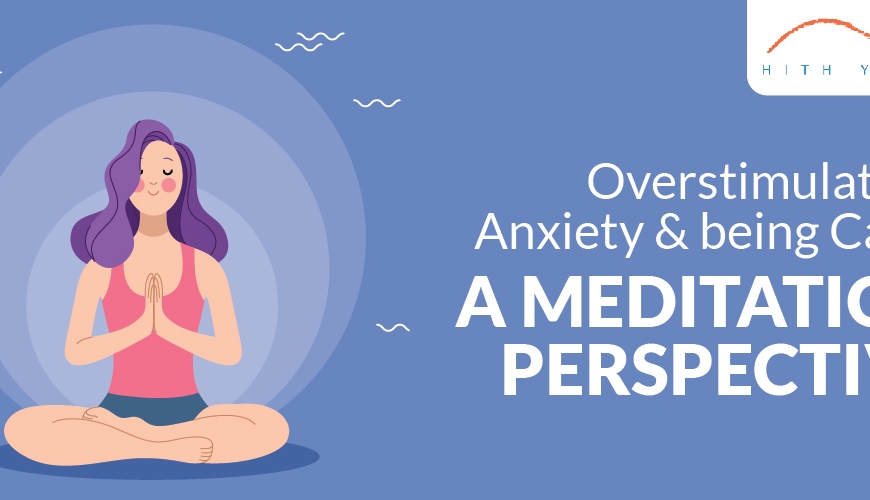


Add Comment